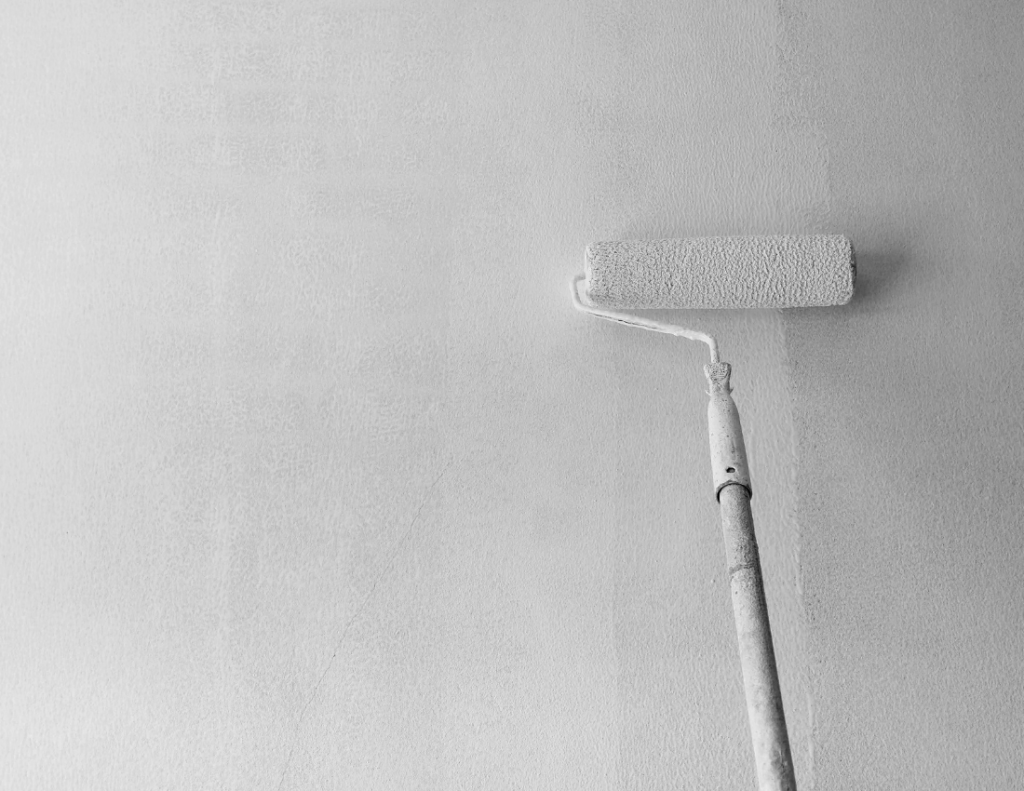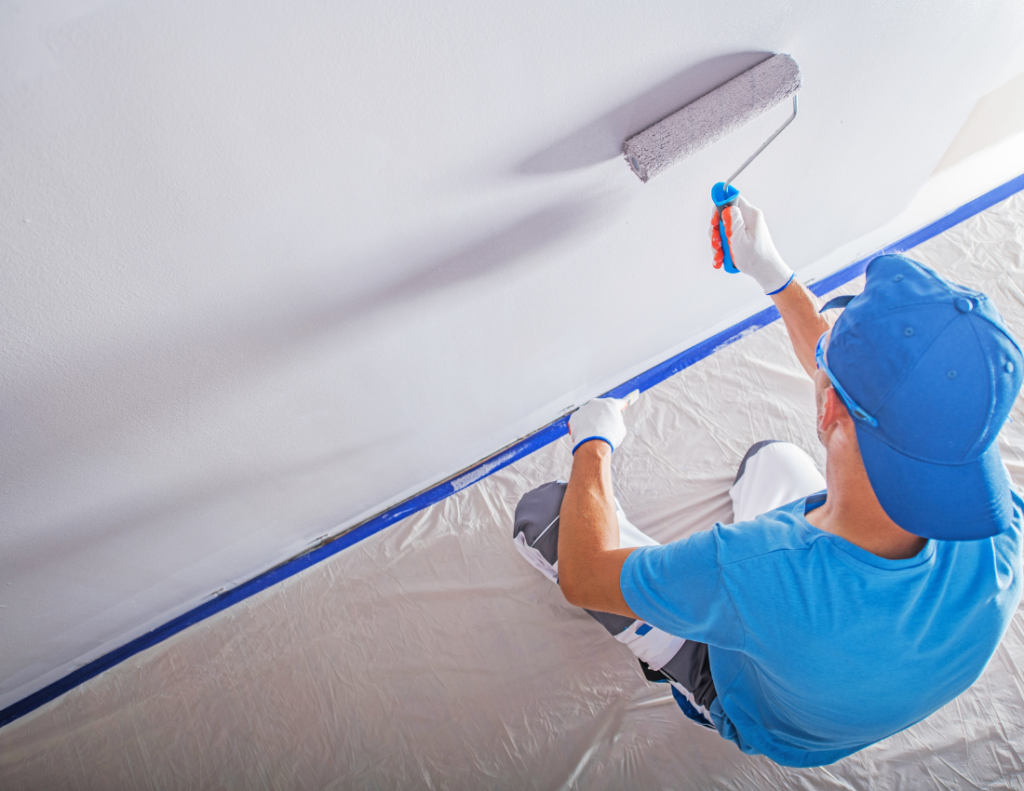You’ve picked your color. The walls are ready. Maybe you’ve even bought the rollers. But there’s still that question in the back of your mind—how many coats of primer do I need?
It might sound like a small detail, but the truth is, primer makes or breaks the finish of your paint. And if you’re in Weston, CT, where homes range from older clapboard exteriors to new drywall builds, skipping the right number of primer coats can cost you time, money, and patience.
In this guide, we’ll keep things straightforward. No fluff, just real advice from professional painters in Weston, CT. We’ll talk about different surfaces like wood, drywall, and masonry, help you figure out if one coat is enough or if two or three is smarter. Whether you’re updating your bathroom, painting over plaster, or working on a full house painting project, this walkthrough will keep you on track.
Let’s break it down by what actually matters.
Key Takeaways:
- One coat works for clean, previously painted walls in similar colors.
- Two coats are ideal for new drywall, wood, or when changing colors.
- Three coats help cover stains, rough surfaces, or heavy texture.
- Primer improves adhesion, evens out porosity, and blocks stains.
- Dry time, sanding, and proper prep all affect final paint results.

One Coat of Primer: When It’s All You Need
Not every job calls for layering primer like cake frosting. There are plenty of situations where a single coat gets the job done just fine.
Use one coat of primer when:
- You’re repainting a light-colored wall with a similar or slightly lighter color
- The surface is already painted, in good shape, and free from mildew, stains, or glossy patches
- You’re using a high-quality latex paint that already includes a primer
This is common in rooms that have been kept up well—think guest bedrooms, dining rooms, or furniture pieces that just need a refresh. Just make sure to clean the surface, hit any shiny areas with some sandpaper, and brush away the dust before applying your primer.
And yes, even painted wood surfaces can work with one coat, as long as they’ve been cleaned, lightly sanded, and aren’t absorbing primer too quickly.
Two Coats of Primer: The Smart Middle Ground
Most professional painters will tell you—two coats of primer is often the safe choice.
Here’s why: surfaces like new drywall, bare wood, or even older plaster have different levels of porosity. That means the primer gets soaked up unevenly, leaving the surface patchy. A second coat smooths that out and gives your paint something even to stick to.
Go with two coats of primer when:
- You’re painting fresh drywall or joint compound
- You’re switching from a dark to a light color
- You’re painting over stains from water, smoke, or grease
- You’re working with raw wood or porous surfaces like masonry
- You’re dealing with patched-up areas or a mix of textures
It’s also a smart move if you’re painting over older oil paint, or switching from oil-based to water-based. Not sure about the difference? Read this first: Oil-Based Paint vs Water-Based Paint.
When Three Coats of Primer Actually Makes Sense
Sounds excessive? It’s not. There are definitely times when that third coat is the one that saves your paint from peeling, blotching, or bleeding through.
You might need three coats of primer if:
- Your ceiling has popcorn texture or has been repaired with lots of joint compound
- You’re trying to seal up mold, heavy stains, or smoke damage
- You’re painting metal surfaces with previous rust spots
- You’re working with rough concrete, masonry, or textured wood siding
In older Weston homes, especially those with lead-based paint, damaged plaster, or uneven walls, three coats aren’t unusual. It’s not about being fancy—it’s about making sure your final coat of paint goes on clean and stays looking good for years.
What Affects the Number of Coats You’ll Need?
Every project is a little different, but here are a few things that make a big impact on how many coats of primer you’ll need.
- Surface condition. Smooth, clean walls need less help than rough or stained ones.
- Type of material. Drywall, wood, metal, and concrete all soak up paint and primer differently.
- Color change. Going from dark to light? You’ll need more coverage.
- Previous finish. If the surface is glossy or coated in oil, it’ll take more work to get your new latex or acrylic paint to stick.
Another good rule of thumb: The more porous or damaged the surface, the more primer it needs.
Primer Prep Tips from Pro Painters in Weston, CT
You don’t need to be a pro to get this part right, but these are the steps that make all the difference:
- Clean the surface. Dust, grease, and dirt mess with adhesion.
- Sand rough spots. Use sandpaper to lightly rough up any glossy or uneven patches.
- Spot prime when needed. If you only repaired a small patch of drywall, don’t prime the whole wall. Just cover the spot.
- Let each coat dry fully. Heat and humidity can affect dry time, especially in Connecticut summers.
- Don’t skip between-coat sanding. A light pass makes the second coat go on smoother.
Different Materials = Different Primer Rules
Different surfaces call for different primer strategies. Here’s how the pros handle it:
- Drywall. Always needs primer. Usually two coats.
- Wood. Especially bare or stained wood needs two coats minimum. Oil-based primers tend to perform best.
- Metal. Use a rust-inhibiting primer. Clean thoroughly beforehand.
- Masonry or concrete – Very porous. May require up to three coats, depending on age and condition.
- Plaster. Old or flaking plaster should be sealed with a bonding primer before painting.
Final Thoughts: How Many Coats of Primer Do I Need?
There’s no one-size-fits-all answer, but here’s the short version: one coat for clean, already-painted walls in similar colors, two coats for most new surfaces or color changes, and three coats for stubborn stains, damage, or extra-porous material.
If you’re not sure what category your project falls into, don’t stress. It’s better to take your time now than deal with peeling, patchy paint later. Working with professional painters in Weston, CT can save you time, give you peace of mind, and leave your space looking like it should’ve all along.
Here’s how we help:
- Color guidance. We help you pick the right paint color, finish, and primer.
- Surface prep. From drywall repairs to mold treatment, we handle the messy stuff.
- Right primer for the job. We use products designed for latex, oil, or special surfaces.
- Skilled application. Our painters don’t miss corners, spots, or leave roller marks.
- Cleanup and review. We walk the space with you and leave it spotless.
Need help with your painting project? Call us today for a FREE estimate in Westport, Wilton, CT, and the surrounding areas.
Primer Paint FAQs
How do I know if I need a second coat of primer?
If the wall still looks uneven, patchy, or if stains are bleeding through the first coat, a second coat is a good idea. It’s also worth doing if you’re painting over bare drywall or making a bold color change.
Does primer have to be perfect?
Not perfect, but it should be even. A blotchy primer job will show through your final coat of paint. Smooth out any rough areas and check for full coverage before moving forward.
Can I paint over primer the same day?
Usually, yes. Most primers dry in 1–3 hours, but always check the label. Humidity or cooler temps can slow things down and mess with adhesion if you paint too soon.
Should I sand after primer?
If the surface feels rough or grainy, give it a light sanding with fine sandpaper. This helps your final coat go on smoother and gives a cleaner look, especially on furniture or detailed woodwork


